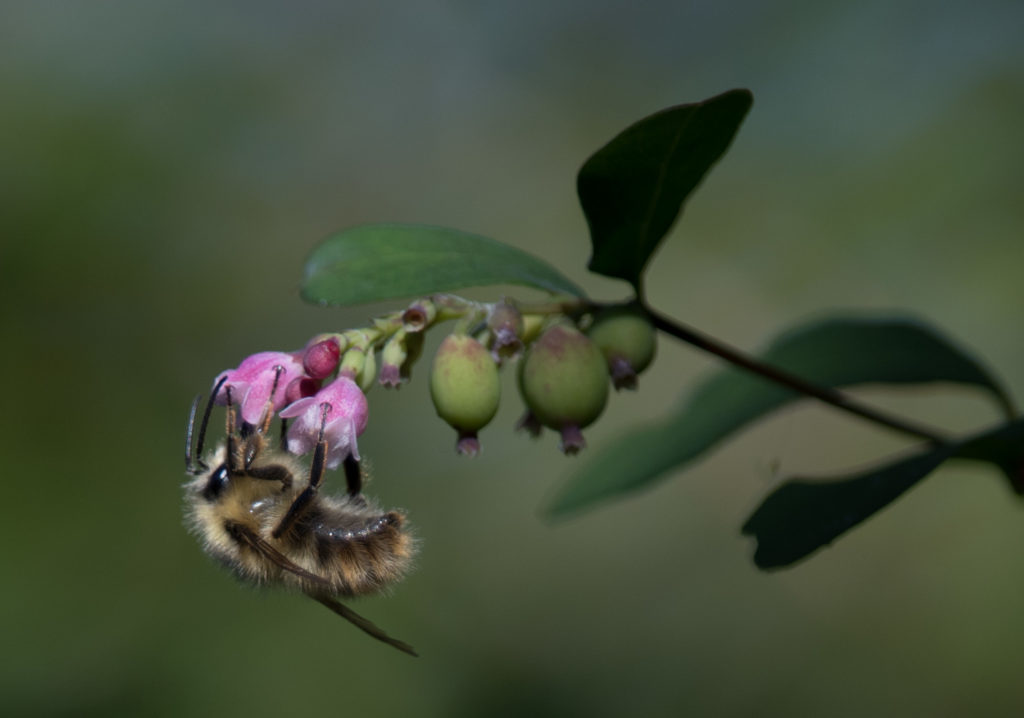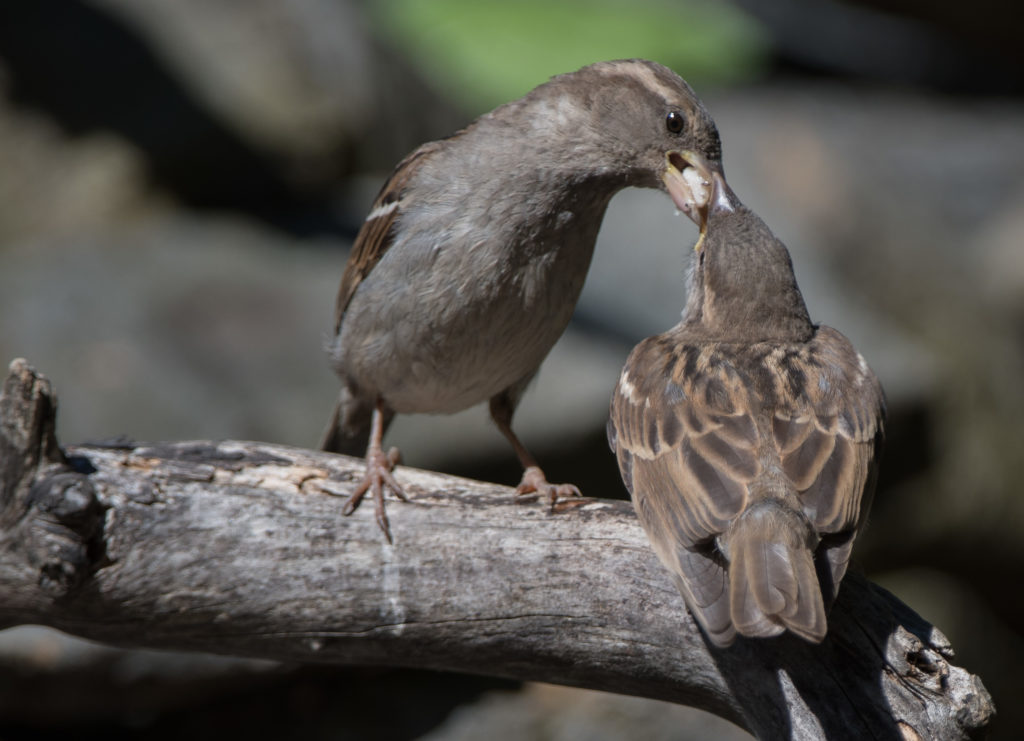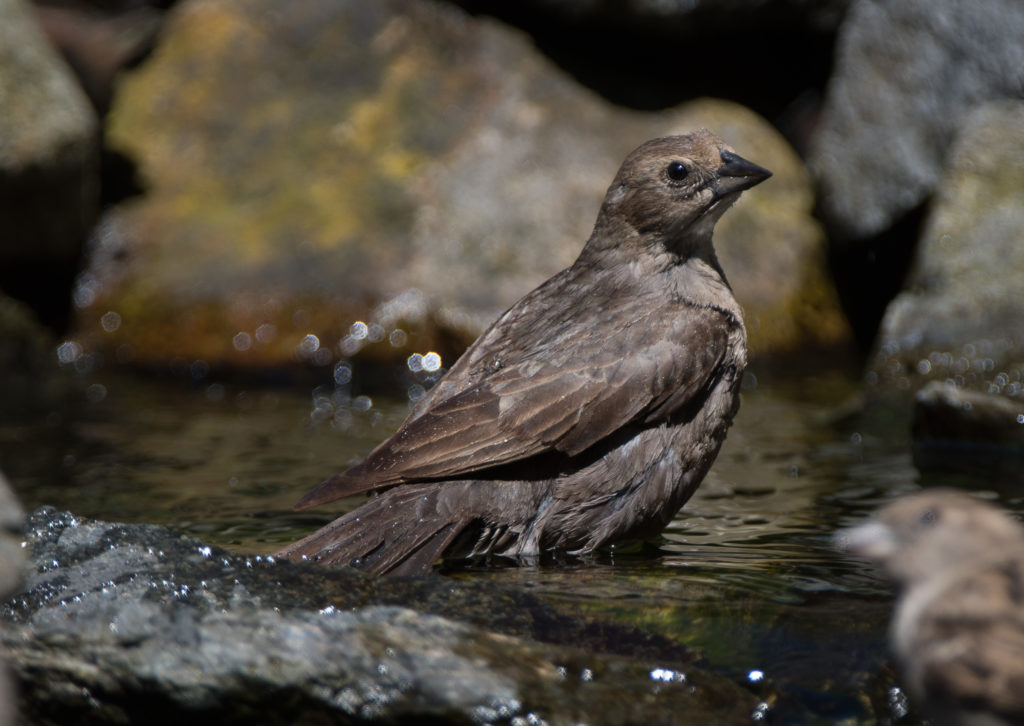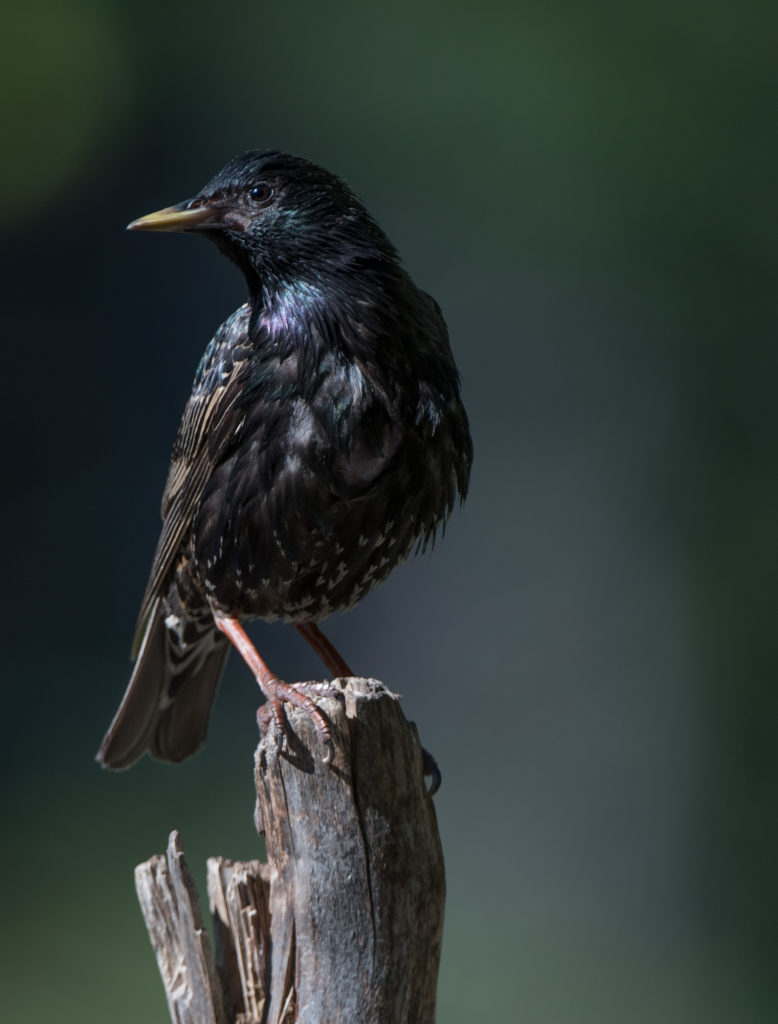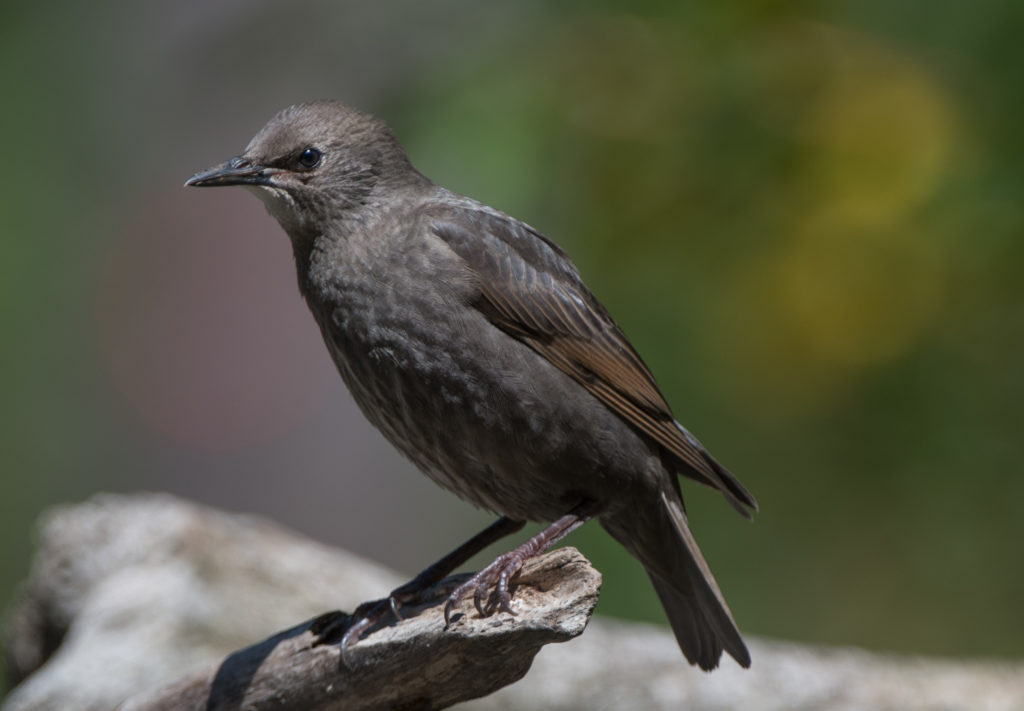In my last post I mentioned that I had purchased a new camera in mid-June. The new camera is a Nikon D500 which will replace my Nikon D7100 as my primary birding camera. I’m still using my ‘old’ Nikkor 200-400mm F4 lens, which I had refurbished by Nikon earlier this year at an exorbitant cost, for all my birding photography. I’m impressed with the images I’m getting with the new camera but am still trying to understand and master some of the new features. The improvements to my images are obvious to me but may not be reflected in what makes it to this website.
I may have complained in past blog posts about the lack of special species visiting the yard. I’m still disappointed, but beginning in mid-July I’ve begun receiving a few rarer visitors, most of which I’ve managed to photograph. Still, it’s been a very odd spring/summer for yard visitors. I’ve created a text-only document that chronicles some of the more unusual observations/experiences that have occurred in our yard since mid-July and if you would like to peruse the document email me and I’ll send you a copy.
First up, a rather pleasant photo of a bee on a bloom in the yard. I’m amazed that I can get this kind of quality from the 400mm lens.
Now to the rogues’ gallery. We have hosted far too many obnoxious species this summer, but they give me something to do while waiting for more interesting species. This first photo is of a female Song sparrow feeding a juvenile.
While the number of Brown-headed cowbirds we’ve had in the yard haven’t been great, we have had at least one juvenile continuously from mid-June through all of July. Each of these young represent a nesting failure for one of our more desirable species of songbirds. If you don’t understand how this works do a little research on cowbirds or contact me.
We have been absolutely overrun with European starlings this year, and the visitation seems to have lasted longer than in past years. I normally have two suet feeders out but the starlings are capable of emptying both in a day. A couple of weeks ago I’ve started limiting the suet feeder access to times I’m in the yard so that I can try to keep them off the feeders. But even when they aren’t accessing the suet feeders they are swamping the watercourse.
The photo below is of a juvenile European starling. I seldom see any starlings in the yard during the non-breeding months but I’m beginning to get worried that the young this year are beginning to develop bad habits and will be with me year-round!
On a more pleasant, and brighter note, we still have both Anna’s (male and female) hummingbirds in the yard and female Rufous hummingbirds, one of which is pictured below. If you want a recommendation for a hummingbird attractor for photographic purposes, you can’t go wrong with Blue-Black salvia (pictured below). The plant is perennial and the hummingbirds love the blossoms. And the foliage is thin enough to not impede most photography.

